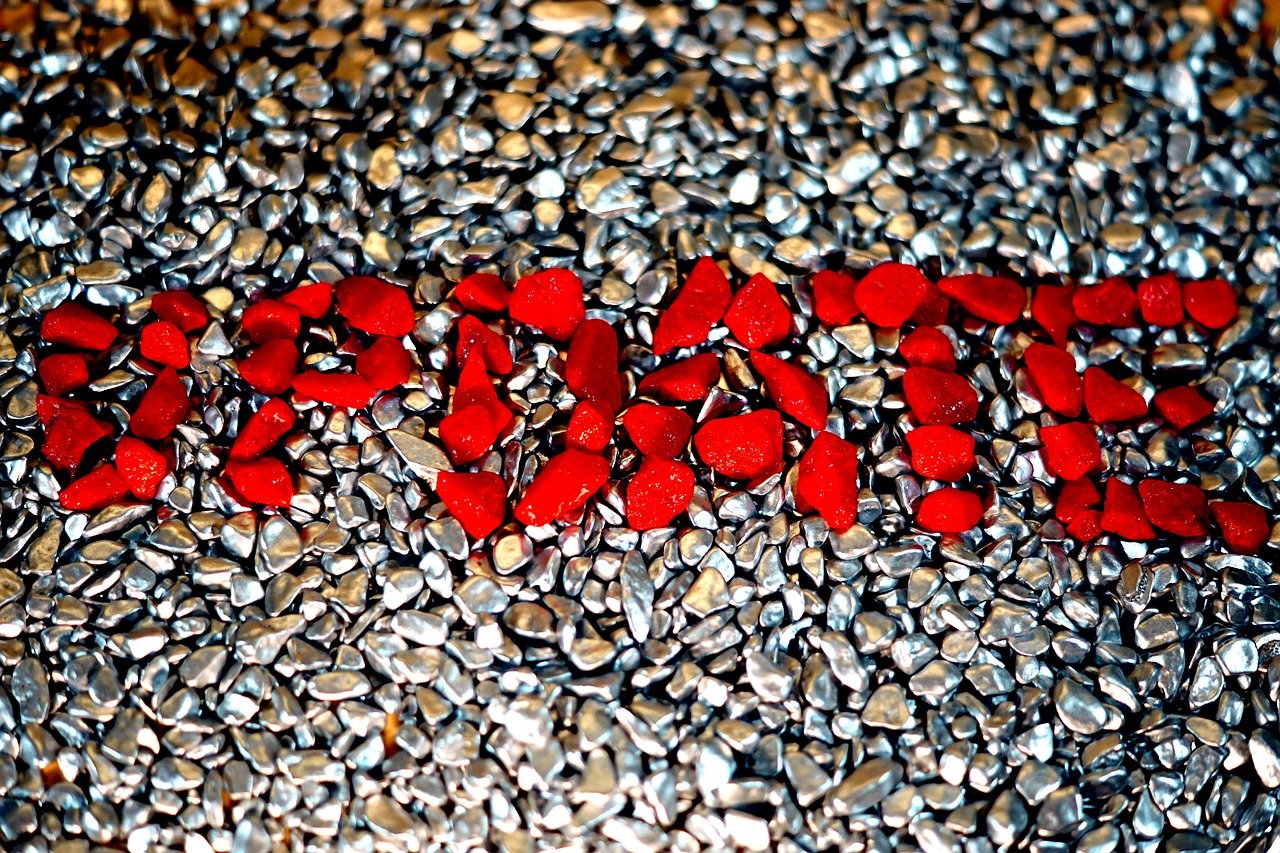On the morning of April 5, 2010, a tall, thin man with a shock of silver hair walked up to a lectern at the National Press Club in Washington, D.C. He’d been operating an obscure news website out of Iceland for four years, trying and failing to find a scoop that would set the world on fire. Many of the 40 or so journalists (myself included) who showed up had barely heard of him.
Still, it was hard to ignore his pitch. Three days earlier, we had received an email promising a “previously unseen classified video” with “dramatic proof and new facts.”
But even this bit of hype might have undersold what happened after the man, Julian Assange, pressed play. The nature of proof — the volume and granularity of digital evidence, along with the pathways through which it comes to light — was about to change.
Before, information that leaked from insiders to the public was largely circumscribed by the limitations of paper. In 1969, it had taken Daniel Ellsberg an entire night to surreptitiously photocopy a secret study of the Vietnam War that would become known as the Pentagon Papers.
Now, thousands of such documents — along with images, videos, spreadsheets, email spools, source code and chat logs — could be dragged onto a USB stick and transmitted across the globe in a matter of seconds. Find an insider with enough access or a hacker with enough talent and any security system could be broken. Sources could be obscured. All that was missing was a middleman — a publisher who could find leaks, post the stuff and then take the heat after it went live.
Mr. Assange’s video had an incendiary title, “Collateral Murder.” It began with a still photo of a son holding a picture of his dead father, a driver for the news agency Reuters, followed by leaked footage from a 2007 airstrike showing an American helicopter shooting and killing a Reuters photographer and driver on a street in Baghdad.
Thank you for your patience while we verify access. If you are in Reader mode please exit and log into your Times account, or subscribe for all of The Times.
Thank you for your patience while we verify access.
Already a subscriber? Log in.
Want all of The Times? Subscribe.

